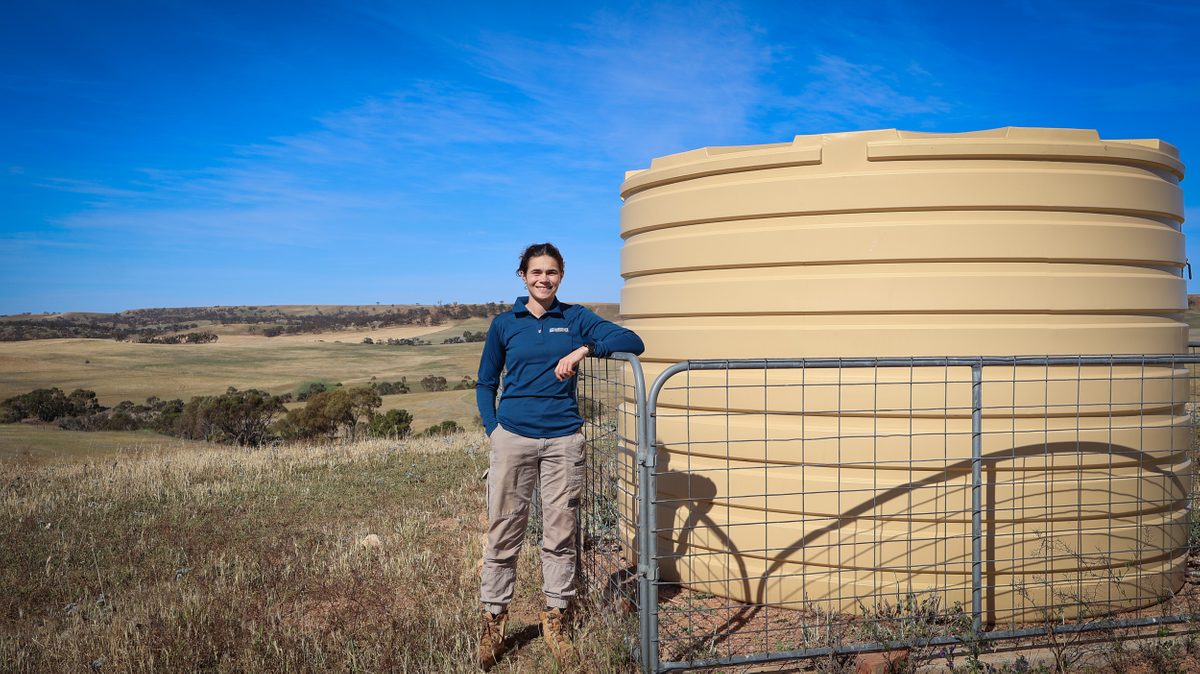Buffel grass spread may threaten sheep nutrition
Summer rain over the past three to four seasons has provided ideal growing conditions for buffel grass, a weed that could pose considerable risk to native vegetation, sheep nutrition and increase the impact of a wild fire.
Natural Resources Northern and Yorke Team Leader Landscape Kevin Teague says while buffel grass has been around for at least the past 25 years in the Northern and Yorke region, summer rains have seen the plant “explode” in growth, particularly along Highway 1 between Port Augusta and Port Pirie.
“It’s been a sleeper weed, so even though we knew buffel grass had been in small areas for a long time, it’s been very localised, but in the last three years we’ve had good summer rains and it’s just exploded, spreading into areas we haven’t seen it in before,” he says.
Mr Teague says while buffel grass has long been known for its benefits as sheep feed during summer months, the weed’s competitiveness and ability to set seed has the potential to out compete native vegetation, vital for balanced sheep nutrition.
“Buffel grass’s ability to colonise an area is of particular concern, it can invade and choke out native vegetation,” he says.
“While there’s plenty of native vegetation around, sheep can do all right on buffel grass, but if that native vegetation is not there they won’t.
“We don’t want to get to a stage of a monoculture of buffel grass because then the sheep won’t thrive, they won’t get the nutrition they need from a mix of native vegetation along with the buffel grass.
“We know it provides green feed for the sheep during the summer months, but it’s the long-term effects we’re most worried about.”
Mr Teague says buffel grass also poses a greater threat during the event of a wild fire as it burns much hotter than native vegetation.
“Because it burns so much hotter, the seeds and crowns of native vegetation could be burned out,” he says.
“Normally in the event of a wild fire this native vegetation could grow back, but because it’s so much hotter we could see it burnt out and potentially buffel grass becoming the dominant species in a location.
“We could see buffel grass grow so thick that there’s no chance for native vegetation to grow back into an area.”


